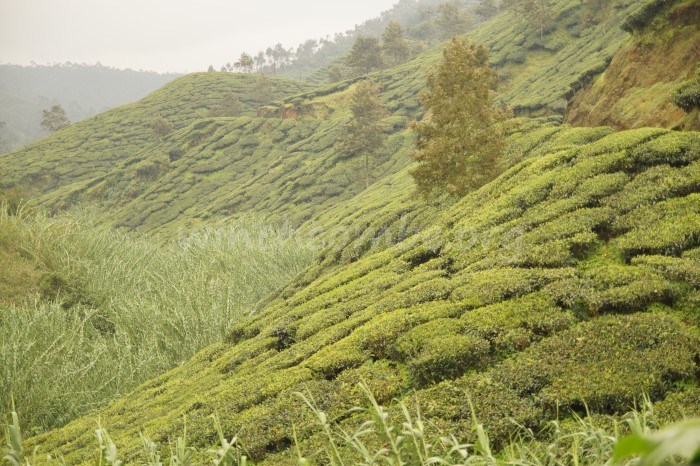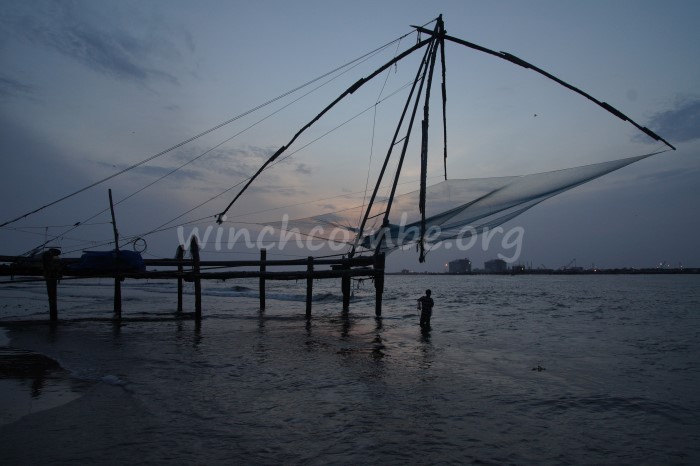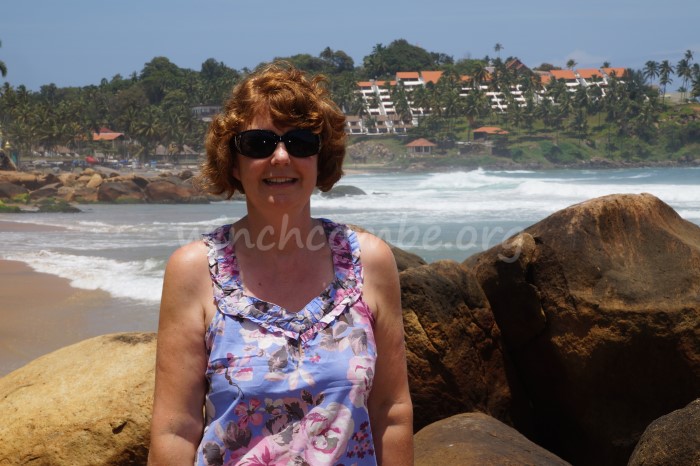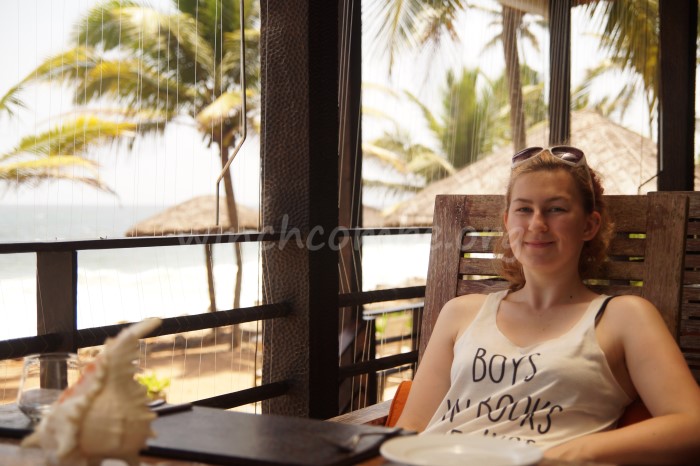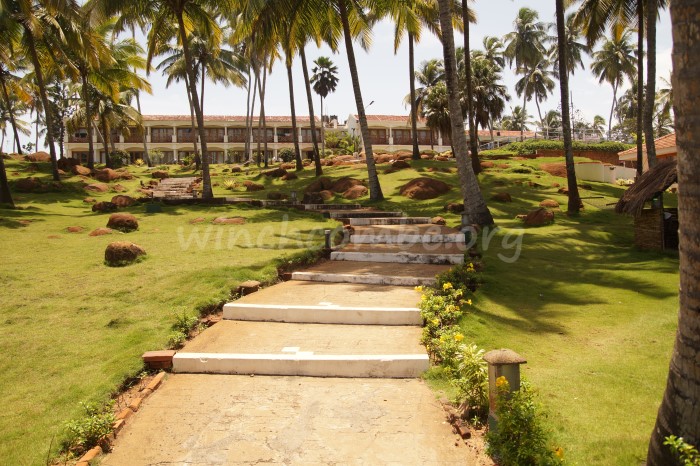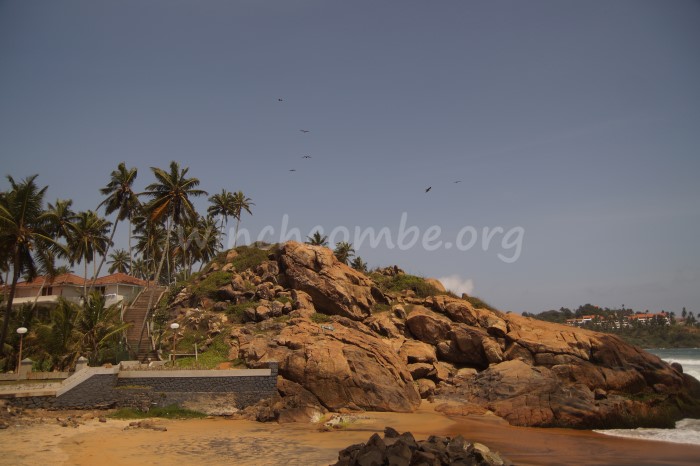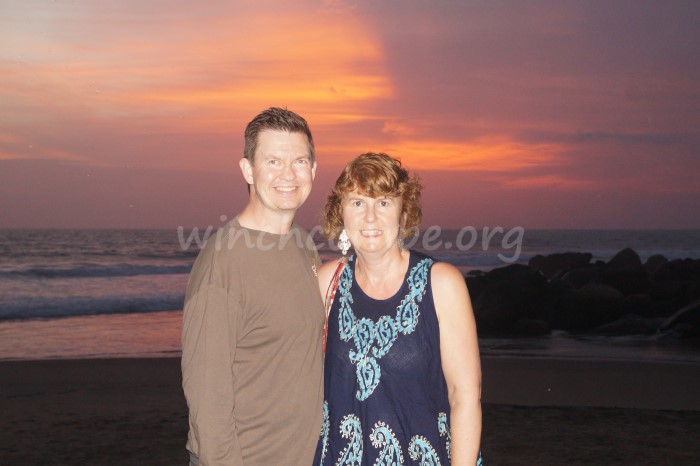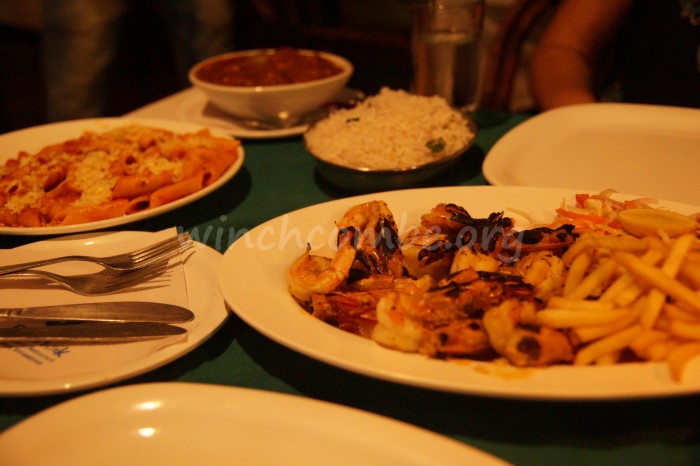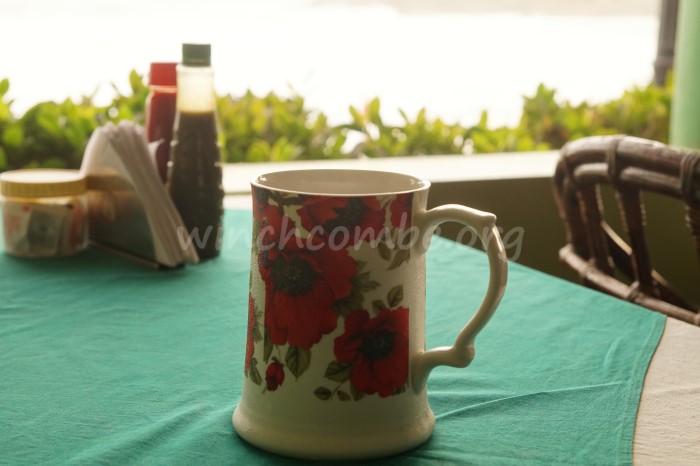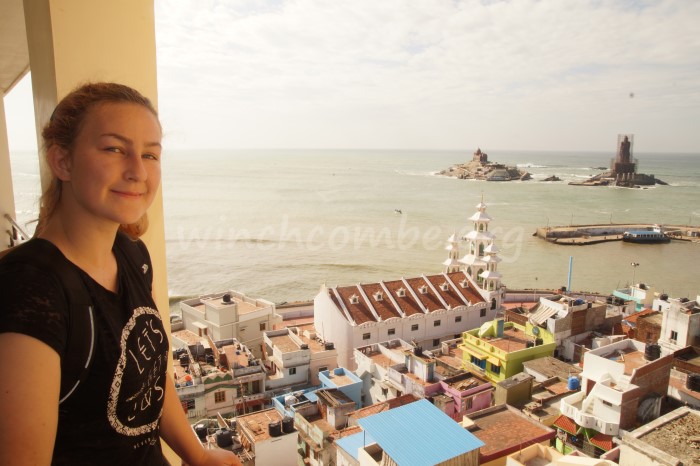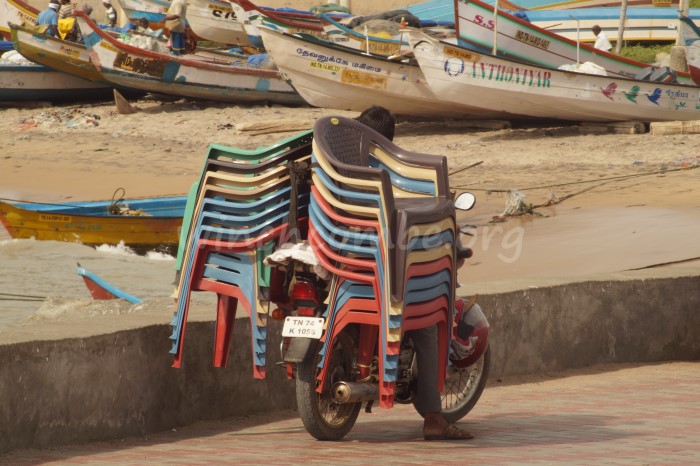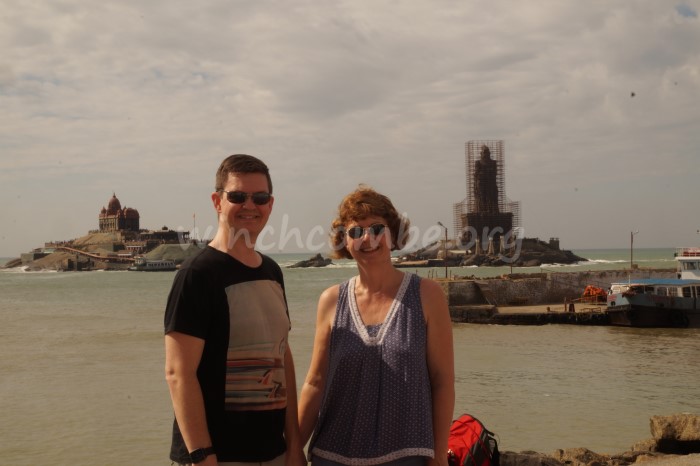We’ve been nearby the coast for every day of this trip but yesterday headed inland up into the Western Ghats, a long ridge of hills which runs North to South for much of Kerala. Starting in Kochi with temperatures of 30c and high humidity, our driver drove up, up and up to a hill station named Munnar and our hotel the Green Magic Home which sits above 2000m above sea level.
This place is literally a breath of fresh air, and cold fresh air at that.
From Kochi the road ascended a few percent all the way and after half an hour the big city was way behind us and we drove past plantations for pineapples, rubber and much more. At 9:30 after two hours on the road we had breakfast and headed to our first stop, the 13 steps waterfall, which was at its most stunning given the monsoon rains. Waterfalls big and small dotted the landscape around us before they gave way to spice plantations.
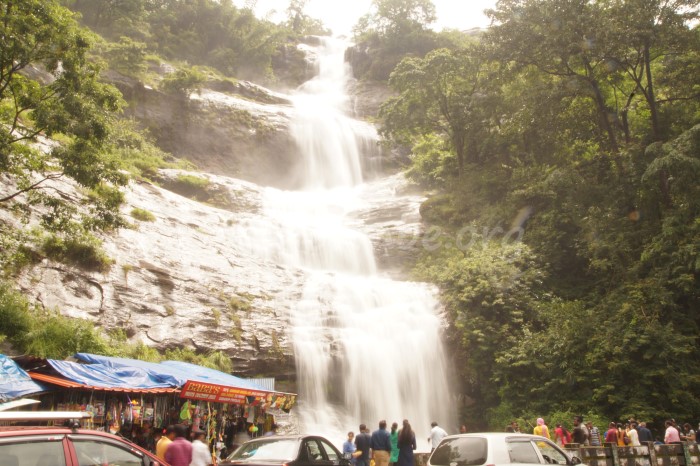
The 30 minute spice plantation tour was really interesting although I had to do a fair bit of eye rolling when the guide showed us the Insulin Plant, which we were told would not cure Amy but if she took it every day she would not need her insulin. *eye roll again* Normally I’d do a little education here but the language barrier was a bit of a problem. Needless to say we didn’t buy any of their Insulin Plant “medicine”.
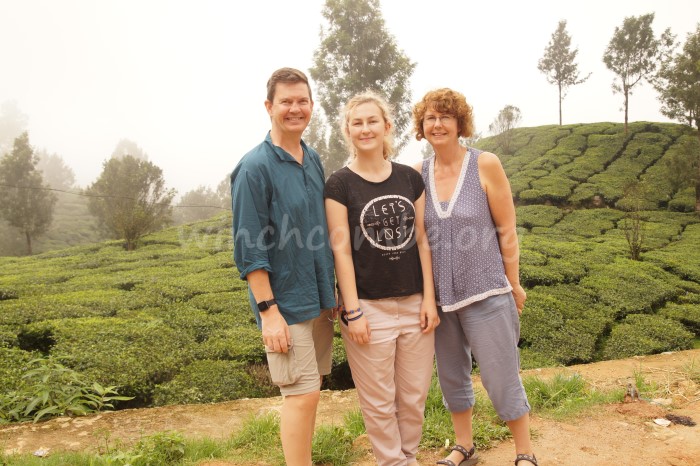
On to the small hill station of Munnar which is pretty much the centre for tea production in Kerala, and is surrounded by tens of thousands of acres of tea.
It was lunch time and Jane and I both ordered Onion Pakoras – yes, Onion Bhajis do exist in India albeit with a different name – for £1, expecting 3 or 4 for that money. A plate turned up with 8, not so bad we thought, followed by another plate! It seemed somewhat ironic that in the centre of so much tea it was not possible to get a cup of tea with our lunch, apparently it’s not a lunch time drink so no restaurant in Munnar serves it. What?!
The HDCP Tea Plantation tour was mildly interesting, seeing how tea is produced, and hearing that green tea is really tea, and differs only from (black) tea by its production method. I’ll never mock green tea again, then again I won’t drink it either.
After a full day of sightseeing and travelling we headed to our hotel, the Green Magic Home, perched high up on the side of one of Munnar’s hills.
The roads are pretty thin round here, dotted with potholes, with sheer drops to our right. There’s no real passing places either as we found out when a vehicle came towards us. The other driver went cheekily to his right – in India they (are meant to) drive on the left – forcing us to take the sheer-drop side. I got out to help guide our driver who literally had only six inches on either side of his car, and I wasn’t wholly confident the outer six inches was stable either. Shaji, our driver, was clearly concerned and he drives these roads every day.
Finally arriving at the Green Magic Home and we’re totally in the clouds, can’t see a thing of the wonderful view I know is there. Robin, the guest house manager/cook, greeted us with a warm smile and warm pint tankards of tea, now that’s something I could get used to. An hour later and the cloud movement gives a tantalising glimpse of a tremendous view, then it was gone again, repeating this for the next few hours. This morning as I write this with a view of total cloud I kind of wish it would bugger off for a minute.
Robin prepared us an excellent meal from scratch last night, which we shared with the other guests, 3 french people who don’t speak and a lovely young English couple, Alex and Rhiannon, with whom we spent hours playing games and cards. During the afternoon Robin had allowed us to watch him prepare all the dishes and Amy and Rhiannon had a go at rolling out chapatis, shortly before Robin decided round ones are better, and took back control. Dinner was by candlelight which was not only lovely but a real necessity as the power had gone off for a while.
Sadly we’re leaving today as I’d really like to stay more nights in Munnar, it’s a beautiful place.
